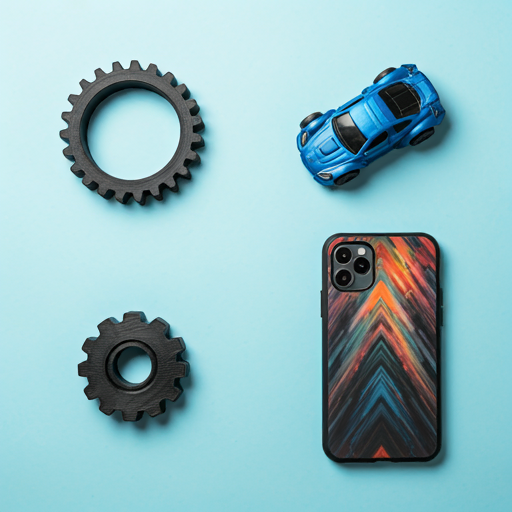
-
How it works
-
Industries
-
Services
-
Material
-
Company
-
Resources

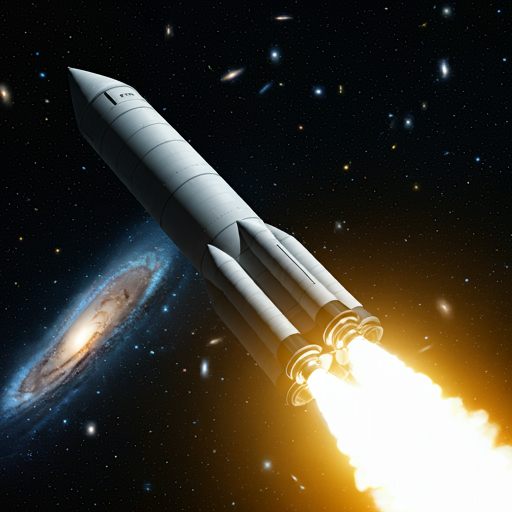

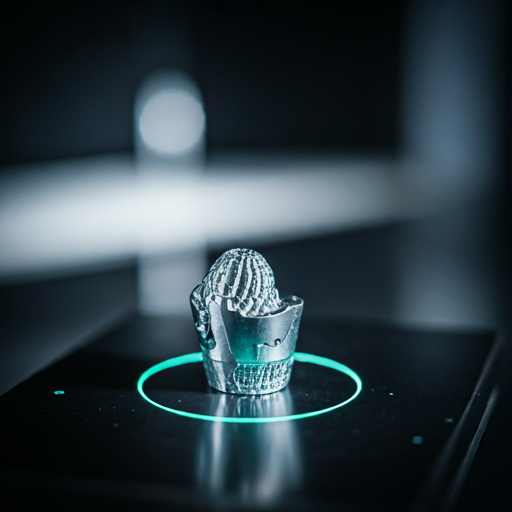
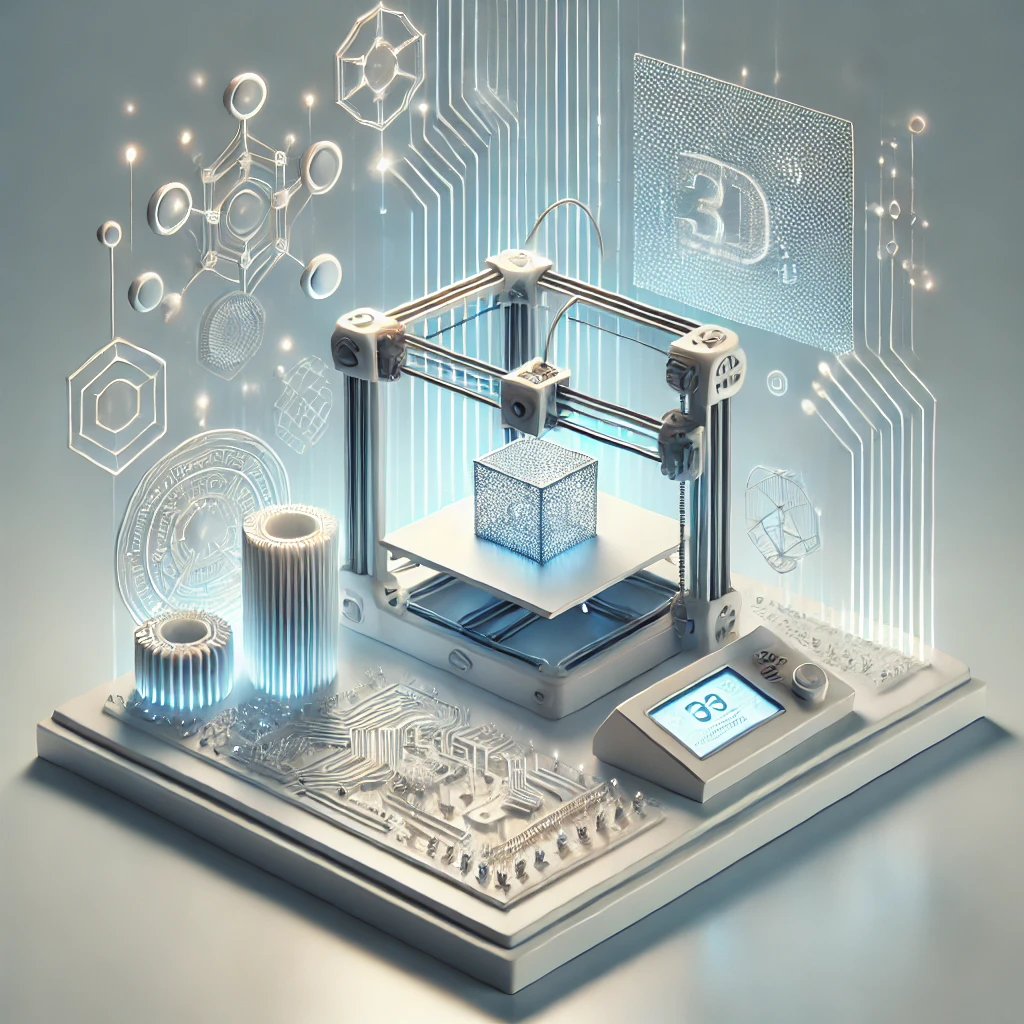

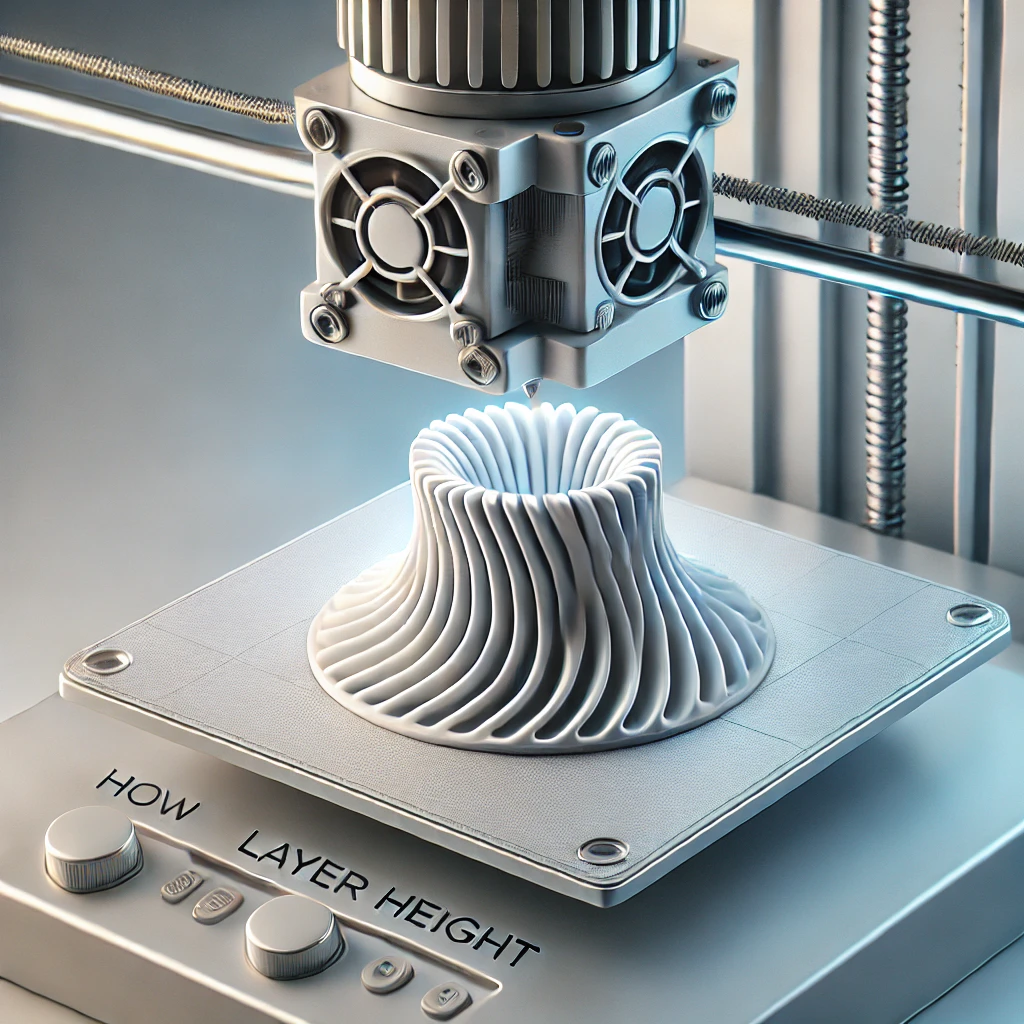


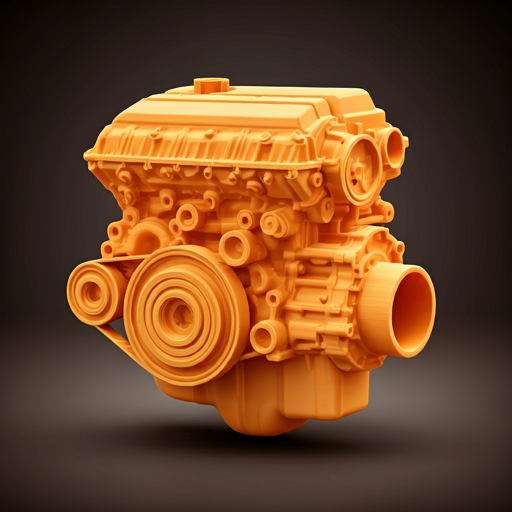

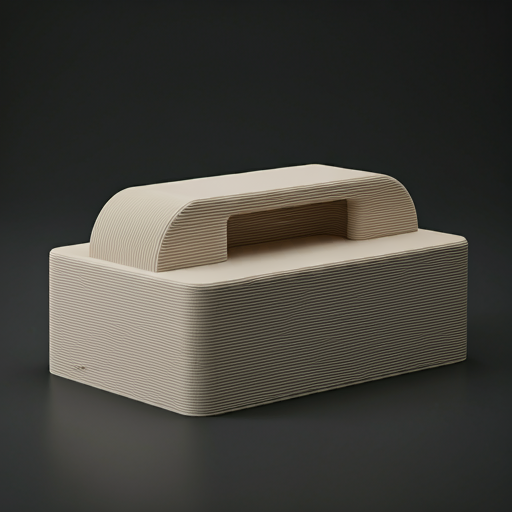
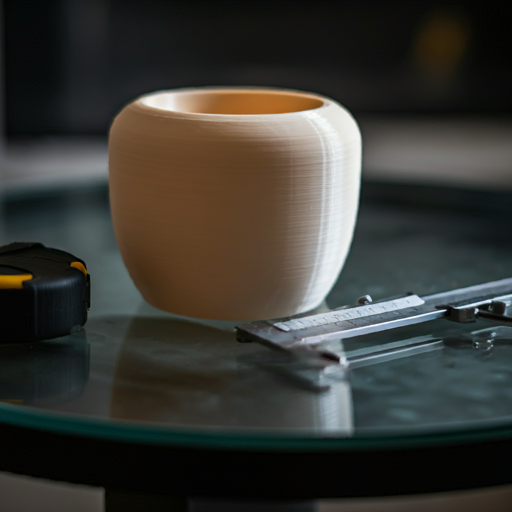
 Industries
Industries
 Resources
Resources


Introducing Pluto, the ultimate smartwatch engineered for adventure, endurance, and everyday wellness. Designed with a sleek yet rugged aesthetic, Pluto seamlessly blends cutting-edge technology with a durable, shock-resistant, and waterproof build. Its precision-crafted design ensures it can withstand extreme conditions while maintaining a modern and minimalistic look, making it the perfect companion for athletes, outdoor enthusiasts, and urban explorers alike.
Beyond its bold design, Pluto is packed with advanced health-tracking features to keep you in sync with your body. From real-time ECG monitoring and sleep analysis to blood oxygen tracking and temperature sensing, Pluto provides valuable insights into your overall wellness. Whether you're scaling mountains or optimizing your daily routine, this smartwatch empowers you with the data you need to perform at your best—anytime, anywhere.








With features designed to keep you active, joyful, and connected, this smartwatch pushes the limits while remaining stylish and comfortable for everyday wear.

Make calls and send texts effortlessly with the Pluto Smartwatch. Enjoy crystal-clear conversations and respond to voice calls with ease—no need to reach for your phone.

Enjoy your favorite music with ultra-clear speakers, delivering immersive, high-quality sound for an exceptional listening experience.

Navigate effortlessly with Pluto’s smart maps—simply ask for directions, and the watch will guide you every step of the way.

Securely store your files with Pluto’s cloud storage, offering ample space and seamless access whenever you need it.

Enjoy uninterrupted performance with Pluto’s long-lasting battery, designed to keep up with your adventures. Stay powered for days on a single charge.


Capture moments effortlessly with Pluto’s side-panel camera, designed for quick snapshots on the go. Perfect for adventure enthusiasts, it lets you document your journey with ease.
Engineered for durability, Pluto features a highly impact-resistant body that withstands minor impacts without compromising its internal mechanism. Strong and resilient, it’s designed to thrive in any environment.

With an IP68 rating, Pluto is built to withstand water and dust, ensuring reliable performance in any environment and weather conditions.

Choose your perfect match—Pluto is available in two sleek colors: Smoke Black and Snow White. Designed to blend seamlessly into any environment, whether you're at the office, in the gym, on a trek, or playing sports—one watch does it all.


iamRapid Engineering Design Services specializes in advanced mechanical and electromechanical CAD design, providing expert support for projects of any scale. Our experienced design team guides you in choosing the right design approach, ensuring high-quality CAD services at the best affordable prices.
Understanding customer requirements is our top priority in product design and development. We begin by gathering all necessary data to initiate the process, ensuring a strong foundation for success. Our team leverages their expertise to offer valuable insights and recommendations, helping customers refine their products and make informed decisions.
Through brainstorming and ideation sessions, our research team evaluates all potential concepts, conducts market and feasibility studies, and compiles a comprehensive report. This document is then shared with the customer, allowing them to select the best idea to move forward into the concept development phase.
Once the concept is finalized, it is meticulously designed using CAD software, undergoes simulations for testing, and is then optimized for manufacturability. After the customer approves the CAD design, we proceed to production using the chosen additive manufacturing method. Following production, we perform necessary post-processing to ensure quality and precision before delivering the final product right to the customer’s doorstep.


The ideation phase was focused on exploring different design directions for Pluto, balancing aesthetics with functionality. These sketches highlight the thought process behind the smartwatch’s structure, strap design, and button placement, ensuring a seamless blend of style and durability.
Different angles and views were drawn to evaluate ergonomics, usability, and proportions. The emphasis was on creating a watch that is rugged enough for outdoor adventures yet sleek and minimal for everyday wear. These early iterations laid the foundation for the final design, refining key elements like the display integration, protective casing, and strap mechanism.
After finalizing the initial design through sketches, the next step was to develop a detailed 3D CAD model of Pluto. This stage allowed for precise refinement of dimensions, materials, and component placements to ensure an optimal balance between aesthetics, comfort, and durability. The model was designed with a focus on manufacturability and assembly, incorporating key elements like the display housing, side buttons, and sensor placement.
To validate the smartwatch’s performance under real-world conditions, simulation analyses were conducted. Structural tests assessed impact resistance, ensuring the watch could withstand minor shocks and rough usage. Thermal simulations helped in managing heat dissipation for long-term comfort, while waterproofing tests ensured durability in wet environments. These analyses played a crucial role in optimizing the final design for reliability and longevity.






3D printing plays a crucial role in the early stages of product development for Pluto, allowing us to rapidly prototype and refine the smartwatch’s design. While additive manufacturing provides flexibility and speed in creating complex geometries and testing multiple iterations, it is not the ideal method for large-scale production due to material limitations and production costs.
The prototypes created through 3D printing help validate the product’s ergonomics, fit, and functionality before moving on to traditional manufacturing methods like injection molding or CNC machining. This approach ensures that design flaws are identified and corrected early, saving both time and resources in the development cycle.
By leveraging 3D printing for prototyping, we can experiment with innovative design ideas and push the boundaries of form and function while preparing Pluto for efficient mass production.



After successfully validating the smartwatch design through rapid prototyping with 3D printing, the next critical step is planning for scalable, cost-effective mass manufacturing. While the 3D-printed prototypes were essential for testing form, fit, and function, mass production demands a more refined approach that balances material selection, process precision, and market positioning. Below is a structured strategy for making this transition:



In conclusion, this case study highlights the crucial role of 3D printing in accelerating design validation through rapid prototyping. This approach enabled swift evaluation of form, fit, and function, helping refine the smartwatch’s design efficiently.
As we transition toward mass production, the manufacturing method will depend on product positioning. Premium models may use CNC machining with high-grade metals, while mid-range and budget versions could adopt injection molding and cost-effective metal fabrication.
This transition involves balancing quality, cost, and production volume. Future steps will focus on optimizing the design for manufacturability (DfM) and conducting batch production for market testing, ensuring the product’s economic viability and readiness for full-scale manufacturing.